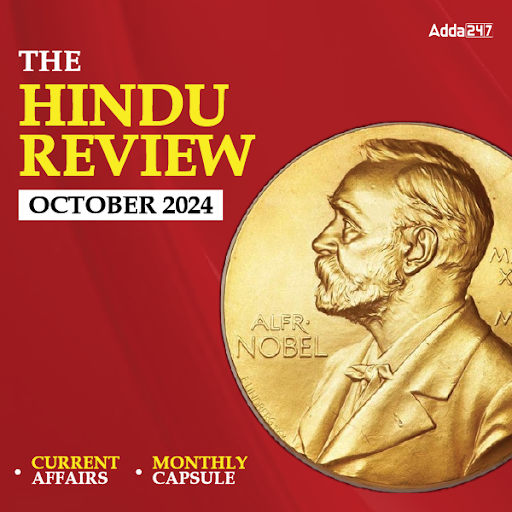Dear Readers,
Computer Awareness is an important section in bank recruitment’s Mains Examination. Practice with Computer Awareness questions for Indian Bank PO Mains Examination.

Click here to practice with more questions of Computer Awareness
Q1. Which of the following statements is true about RAM?
(a) It retains data when the PC is turned off.
(b) It is a type of read/write memory.
(c) It contains startup instructions.
(d) It is a peripheral.
Q2. When a real-time telephone call between people is made over the Internet using computers, it is called __________.
(a) a chat session
(b) an e-mail
(c) an instant message
(d) Internet telephony
(e) None of these
Q3. Which part of the CPU coordinates all the activities of a computer system?
(a) Motherboard
(b) Coordination board
(c) Control unit
(d) Arithmetic and logic unit
(e) Memory
Q4. Which of the following has the smallest storage capacity?
(a) Zip disk
(b) Hard disc
(c) Floppy disc
(d) Data cartridge
(e) CD
Q5. What type of devices are CDs or DVDs?
(a) Input
(b) Output
(c) Software
(d) Storage
(e) Input/output
Q6. What is Telnet?
(a) Network or Telephones
(b) Television Network
(c) Remote Login
(d) All of these
(e) None of these
Q7. Which of the following is not a computer language?
(a) High-level language
(b) Machine language
(c) Low-level language
(d) Medium-level language
(e) All of the above
Q8. What type of technology allows you to use your finger, eye, or voice print to secure your information resources?
(a) Haptics
(b) Caves
(c) Biometrics
(d) RFID
(e) All of above
Q9. Flash drives are plugged into a (n):
(a) expansion slot
(b) serial port
(c) USB port
(d) drive bay
(e) All of the above
Q10. Hard disc drives are considered __________ storage.
(a) Flash
(b) Temporary
(c) Worthless
(d) Nonvolatile
(e) Volatile
Q11. A DVD is an example of a (n):
(a) Output device
(b) Hard disc
(c) Optical disc
(d) Solid-state storage device
(e) None of these
Q12. Which of the following approaches is used by the ER model?
(a) Top-down approach
(b) Bottom-up approach
(c) Both (a) and (b)
(d) Left-right approach
(e) None of these
Q13. Constraints are applied on:
(a) rows
(b) columns
(c) entire table
(d) entire database
(e) None of these
Q14. In the ER diagram, what does an ellipse represent?
(a) Entity set
(b) Relation between the entity set
(c) Attributes
(d) Link between the attributes and entity set
(e) None of these
Q15. In a database, a column in the table is also called _________.
(a) degree
(b) tuple
(c) entity
(d) attribute
(e) relations


 General Awareness Quiz for Bank Mains Ex...
General Awareness Quiz for Bank Mains Ex...
 English Language Quiz For Bank Foundatio...
English Language Quiz For Bank Foundatio...
 Reasoning Quiz For Bank Foundation 2024 ...
Reasoning Quiz For Bank Foundation 2024 ...




